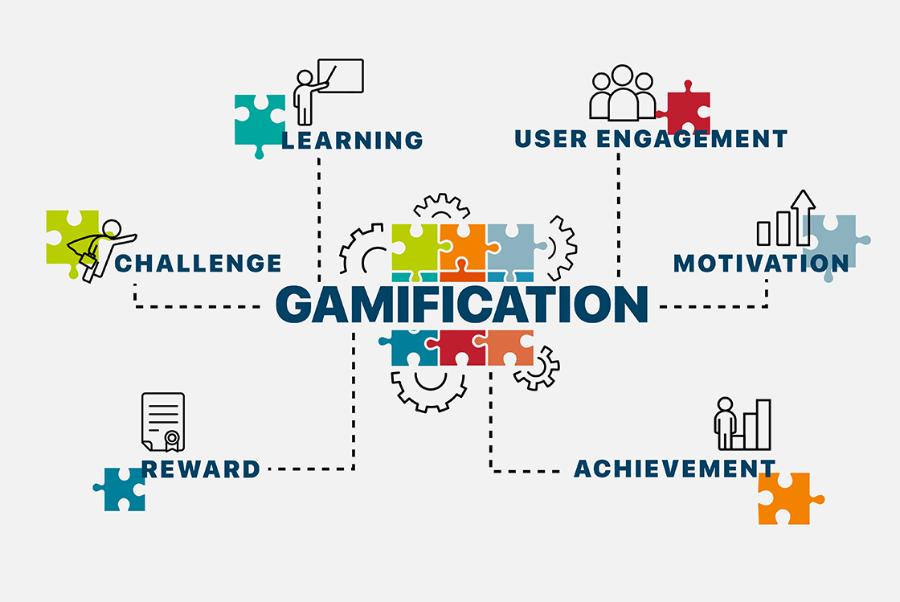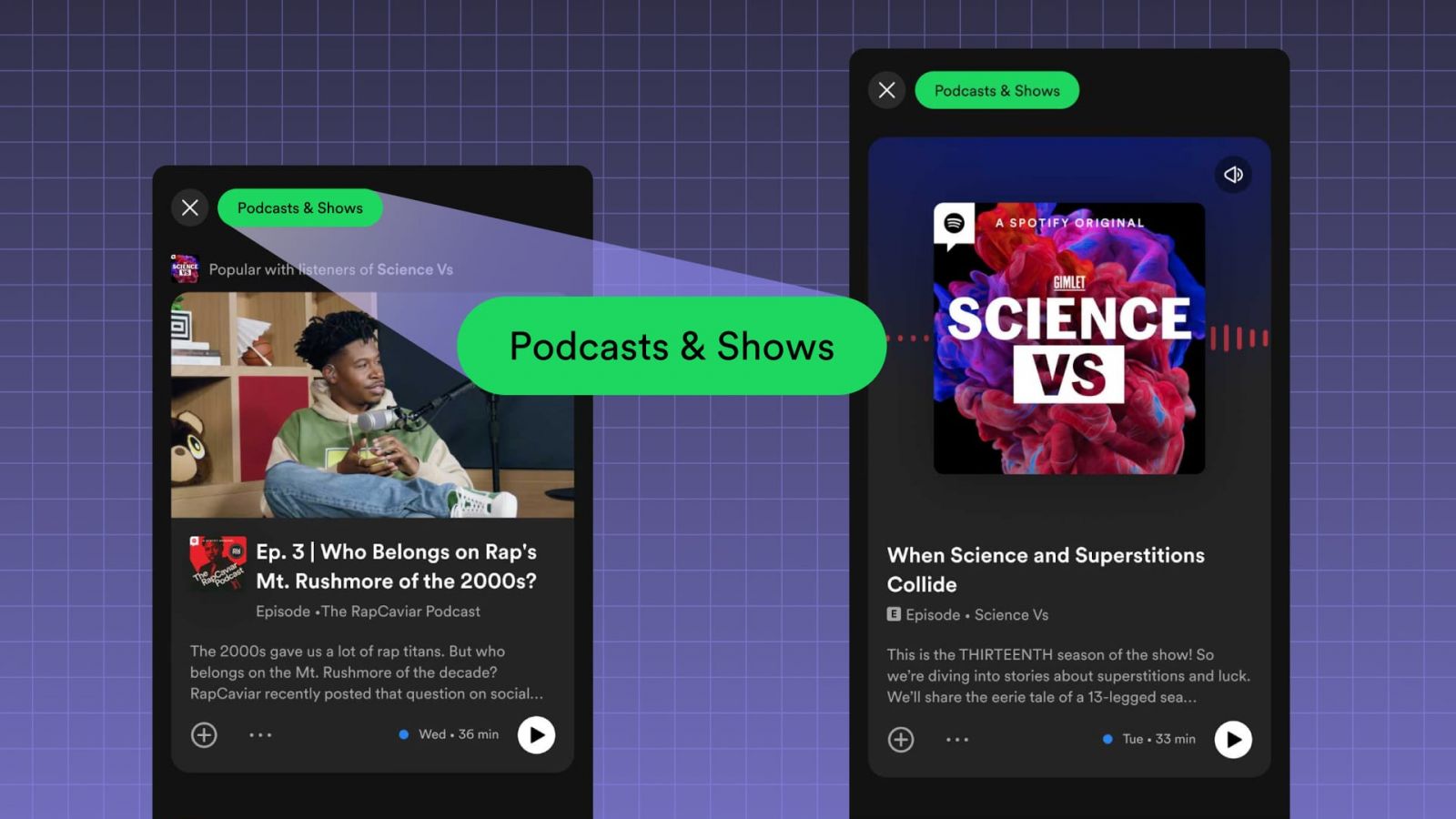Best Selling Products
Gamification In UX: The Key To Elevating Experience And Brand Positioning
Nội dung
- 1.What is Gamification?
- 2. The Importance of Gamification in UX Design
- 2.1. Increase User Engagement and Retention
- 2.2. Create an Fun and Challenging Experience
- 2.3. Encourage Consistent Use
- 2.4. Building Emotional Relationships With Users
- 2.5. Attract New Users and Strengthen Brand Positioning
- 2.6 Collection of user data
- 2.7 Improve learning and memory
- 3. The Importance of Gamification in Enhancing Brand Positioning
- 3.1. Building a Creative and Different Brand Image
- 3.2. Create Connections With Users
- 3.3. Drive Conversions and Revenue Growth
- 3.4. Collection of Important User Data
- 4. Gamification application in upgrading brand positioning
- 4.1. Create a unique brand experience
- 4.2. Increase customer engagement
- 4.3. Spread the brand message
- 4.4. Building a brand community
- 4.5. Collect customer feedback
- 4.6 Real-life examples and further analysis
- 5. Conclusion
Gamification in UX design not only enhances user experience but also plays an important role in brand positioning. Discover how to apply gamification to optimize experiences and grow your brand.

Gamification, also known as game-making, has become an indispensable trend in user experience (UX) design. Not only is it a fun tool, gamification helps increase user engagement, creating interesting and inspiring experiences. This article by sadesign will help you better understand the concept of gamification in UX design and its importance in upgrading your business's brand positioning.
1.What is Gamification?
Gamification in UX design is the process of applying game elements such as scores, rewards, challenges, and leaderboards to the user experience (UX) of a product or service. The goal of gamification is not only to make the product more engaging, but also to create a motivating environment for users to engage for longer and return frequently.
Unlike creating an actual game, gamification in UX involves building game elements into the process of using a product or service. This can include features like rewards, badges, points, or even goals and challenges that help users feel more engaged and engaged.
.jpg)
Gamification (or "gamification") is the application of game design elements and techniques to non-game contexts, with the aim of increasing user engagement, motivation, and desired behaviors. Simply put, gamification makes boring or difficult tasks more fun and engaging by using elements such as:
Points: Accumulate points by completing tasks or activities.
Badges: Rewards for achieving certain achievements.
Leaderboards: Compare users' achievements with each other.
Challenges: Set goals for users to conquer.
Rewards: Provide specific benefits to users when achieving achievements.
Storytelling: Build a compelling story for users to engage with.
2. The Importance of Gamification in UX Design
Gamification is becoming an important element in UX design, enhancing user experience by applying game elements to digital products and services. The use of gamification brings the following importance:
.jpg)
2.1. Increase User Engagement and Retention
One of the biggest benefits of gamification is its ability to increase user engagement. By providing elements like rewards, badges, or challenges, gamification encourages users to stay engaged and return to the product. This is especially important in a world where users can easily abandon an app or website if they don’t find it interesting.
Gamification creates a more interactive and enjoyable experience, keeping users engaged and using a product or service. Gamification can help retain users longer and make them feel a sense of accomplishment when they complete tasks or reach goals, thereby building a long-term relationship with the product.
2.2. Create an Fun and Challenging Experience
Gamification makes using a product or service fun and exciting for users. Game elements like levels, challenges, and scores help turn a simple experience into a challenging and fun journey. This experience not only makes it easier and faster for users to get through difficult stages, but also helps them feel successful when they complete goals.
Gamification can be used to encourage users to perform desired behaviors, such as making a purchase, sharing content, or regularly using a product.
2.3. Encourage Consistent Use
Gamification in UX design can help create a habit of using a product or service on an ongoing basis. By setting goals and rewards for performing specific actions, users feel motivated to use the product on a daily basis. This increases loyalty and makes the product an important part of the user’s life.
2.4. Building Emotional Relationships With Users
An important element of gamification is its ability to create an emotional connection with users. Game elements such as badges, leaderboards, and rewards create a sense of satisfaction and happiness when users achieve a goal. This makes users feel attached and responsible for the product, thereby increasing engagement.
Game elements like rewards, badges, and leaderboards create intrinsic motivation, encouraging users to complete tasks and achieve goals.
2.5. Attract New Users and Strengthen Brand Positioning
Gamification not only helps retain existing users, but it can also attract new users. Game elements differentiate a product or service and make it more interesting than its competitors. Engaging elements such as leaderboards, rewards, or unique challenges can create interest and make users want to try out the product. This is a great way to increase brand visibility in the market.
2.6 Collection of user data
Through gamification activities, designers can collect data about user behavior and preferences, thereby improving products and services.
By incorporating game elements such as points, rewards, or challenges, gamification not only increases user interest and engagement but also encourages them to provide information more voluntarily and accurately. This helps designers and businesses better understand user behavior, preferences, and needs, thereby optimizing their products or services. However, gamification needs to be implemented skillfully, ensuring that game elements do not detract from professionalism or annoy users, but instead create a seamless and valuable experience.
2.7 Improve learning and memory
Gamification makes learning more fun and effective by breaking down complex content into small, highly interactive tasks. Gamification creates excitement and motivation for users to participate, thereby improving interaction and maintaining attention. Especially in areas such as: Education, training or learning applications, applying gamification helps users access information more easily, enhance their ability to remember and apply knowledge into practice. This not only brings value to users but also helps products and services achieve higher efficiency in meeting their needs and goals.
With the constant development of technology, gamification promises to continue to be an important trend in shaping user experiences in the future.
3. The Importance of Gamification in Enhancing Brand Positioning
Gamification is not only a UX design tool but also plays an important role in upgrading brand positioning. Here are some ways gamification can help brands thrive and assert their position in the market.
(1).jpg)
3.1. Building a Creative and Different Brand Image
Gamification helps brands build a creative and unique image that differentiates them from their competitors. By creating fun experiences, brands can assert their identity and build trust with users. Game elements in a brand’s product or service create a strong and memorable impression, thereby building recognition and loyalty.
3.2. Create Connections With Users
Gamification helps create a deep connection with users. By encouraging users to participate in activities and complete tasks, brands can emotionally connect users to the product. This connection not only helps maintain engagement but also creates a community around the brand.
3.3. Drive Conversions and Revenue Growth
Gamification can drive conversions of users into loyal customers and increase revenue. Rewards, discounts, or other incentives offered to users can encourage purchases, which can increase revenue and profits for the brand. Additionally, user participation in gamified programs can create a natural buzz, encouraging others to join and helping to expand the market.
3.4. Collection of Important User Data
Gamification in UX design also helps brands collect important data about user behavior. Gamified programs provide the opportunity to track user behavior, gain insight into their preferences and habits. This data can help brands optimize their marketing strategies, provide more personalized experiences, and improve the effectiveness of their sales strategies.
4. Gamification application in upgrading brand positioning
To effectively apply gamification, businesses need to understand their target audience, design appropriate content, and ensure that game elements are integrated naturally without losing the core values of the brand.
4.1. Create a unique brand experience
Make a difference:
In a highly competitive market, creating a unique experience is key to capturing customer attention. Gamification allows brands to create engaging interactions that set them apart from their competitors.
For example, a fashion brand could create an online game where players can try on outfits, create their own styles, and earn points or badges. This not only creates a novel experience, but also helps customers discover and interact with products in creative ways.
Enhanced interactivity:
Gamification promotes active customer engagement, rather than just passive reception of information.
This creates a stronger emotional connection between the customer and the brand.
This helps build lasting relationships with customers and creates value that differentiates you from your competitors in the market. Gamification requires creativity and a deep understanding of consumer behavior, so you can design relevant experiences that evoke positive emotions and increase brand loyalty.
4.2. Increase customer engagement
Building Loyalty:
Gamification programs can be designed to encourage customers to return and engage with the brand regularly.
Rewards points system, membership levels and exclusive rewards create incentives for customers to continue participating and engaging.
Create strong relationships:
When customers feel involved and have a role in a brand community, they tend to feel more engaged and loyal.
Gamification helps create a positive, interactive environment where customers feel appreciated and valued.
4.3. Spread the brand message
.jpg)
Convey your message creatively:
Games and challenges can be designed to convey brand messages in a more creative and engaging way than traditional methods.
For example, a food brand might create a game where players have to collect ingredients and prepare dishes, while learning about the nutritional value and origin of the products.
Create a viral effect:
Fun gamification activities can create a viral effect on social media, helping brands reach more potential customers.
4.4. Building a brand community
Create interactive space:
Gamification creates an interactive space where customers can interact, share, and engage with each other and with the brand.
Leaderboards, forums, and online events are useful tools for building community.
Increase trust:
When customers see that there is an active and engaged community of users around a brand, they feel more confident and secure.
4.5. Collect customer feedback
Collect data naturally:
Through gamification activities, brands can collect data about customer behavior, preferences, and feedback in a natural and non-intrusive way.
For example, a cosmetics brand could create a game where players have to choose products that suit their skin type, thereby collecting data about customer preferences and needs.
Improve products and services:
Customer feedback is a valuable source of information for brands to improve their products, services and customer experience.
4.6 Real-life examples and further analysis
Duolingo:
Use progress bars, XP points, and learning day sequences to keep users engaged.
This creates continuous learning motivation, turning language learning into a habit.
Starbucks:
The Starbucks Rewards program is not just about accumulating rewards points, but also has membership levels, creating a sense of progression and privilege.
This encourages users to spend more and more often.
Nike:
Nike Run Club encourages users to set personal goals, join challenges, and connect with a community of runners.
They used gamification to build a thriving community of runners.
Sephora:
Reward points and gifts add value to membership, and exclusive programs are offered at each level.
Gamification is very well applied in promoting customer loyalty.
Additional notes:
Gamification is not a "panacea" for every problem. It requires a clear strategy and specific goals.
Gamification programs need to be continuously monitored and adjusted to ensure effectiveness and relevance to market changes.
Reward features should be compatible with the value of the product, avoiding the case of lowering brand value.
5. Conclusion
Gamification is not just a trend but also a powerful tool to enhance user experience and brand development. Applying gamification to UX design will help increase engagement, retain users for a long time, and build an emotionally connected relationship with users. At the same time, gamification also plays an important role in enhancing brand positioning, creating differentiation and attracting new customers.












































